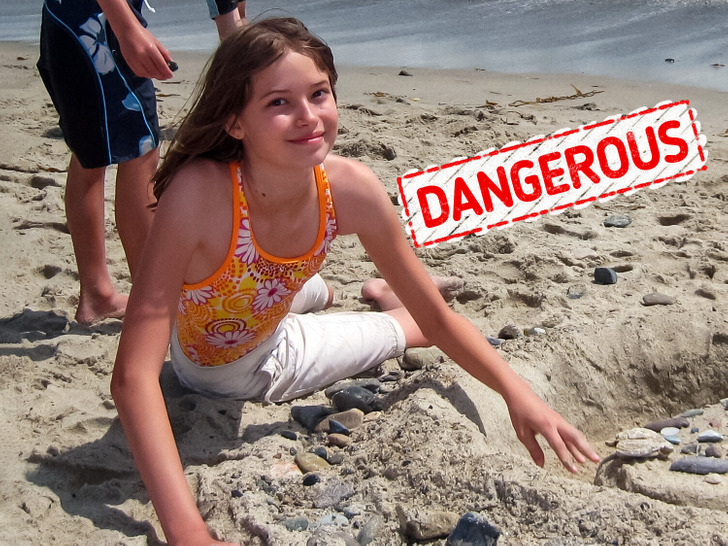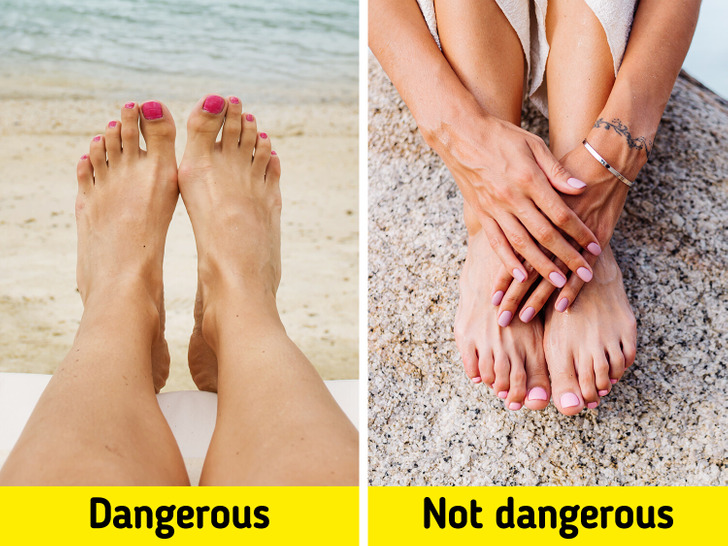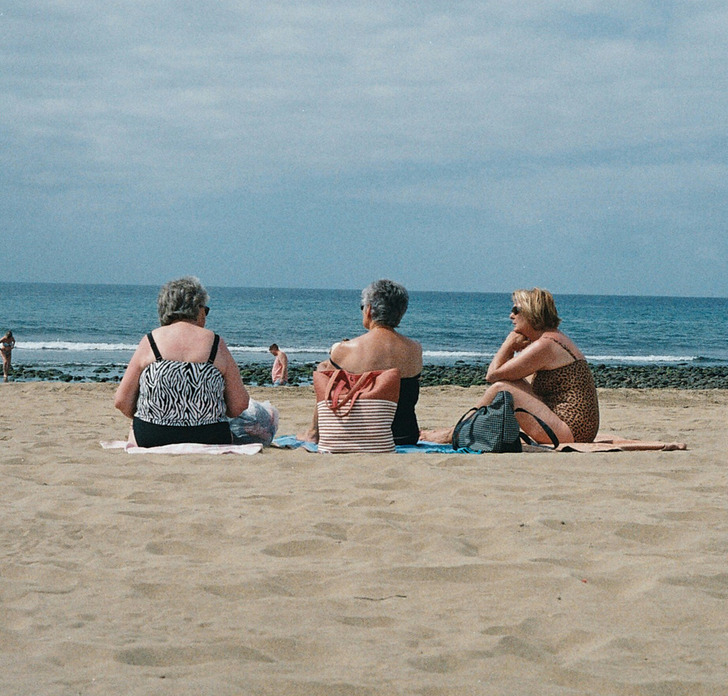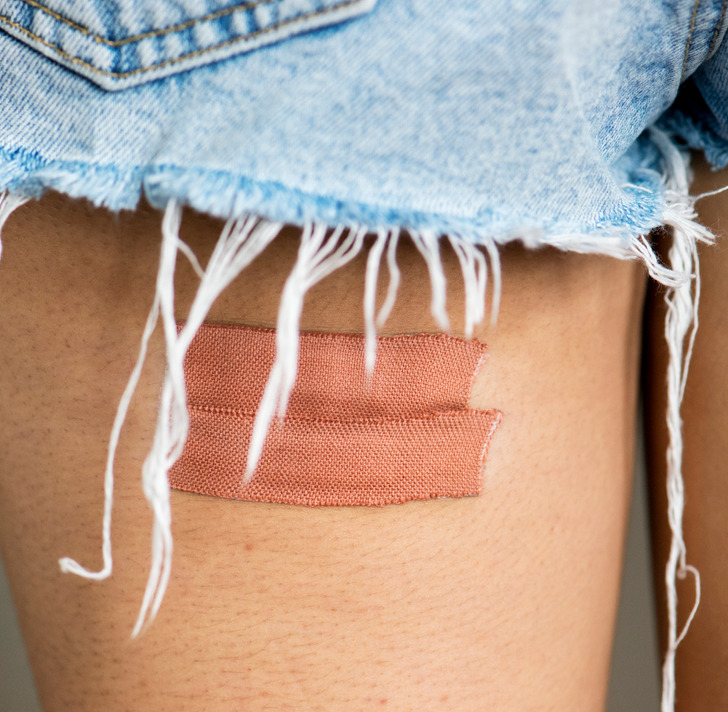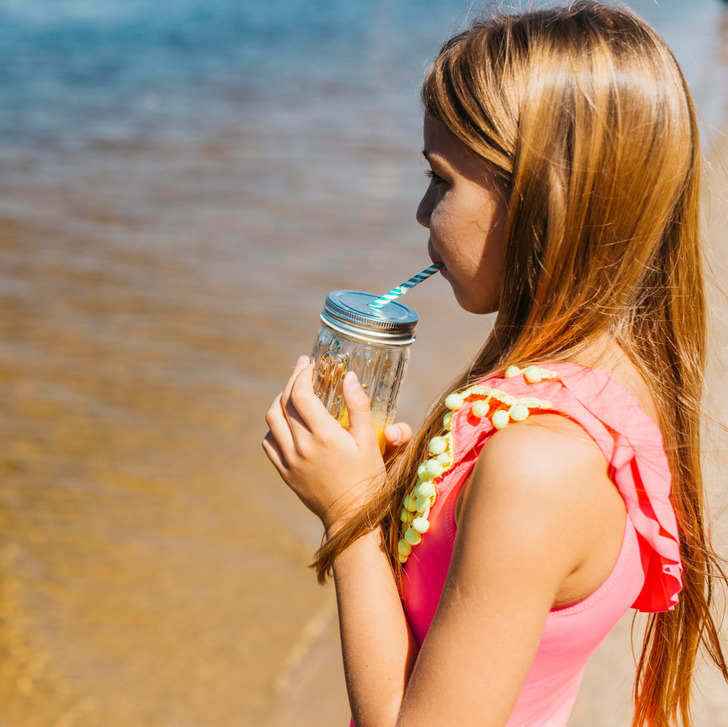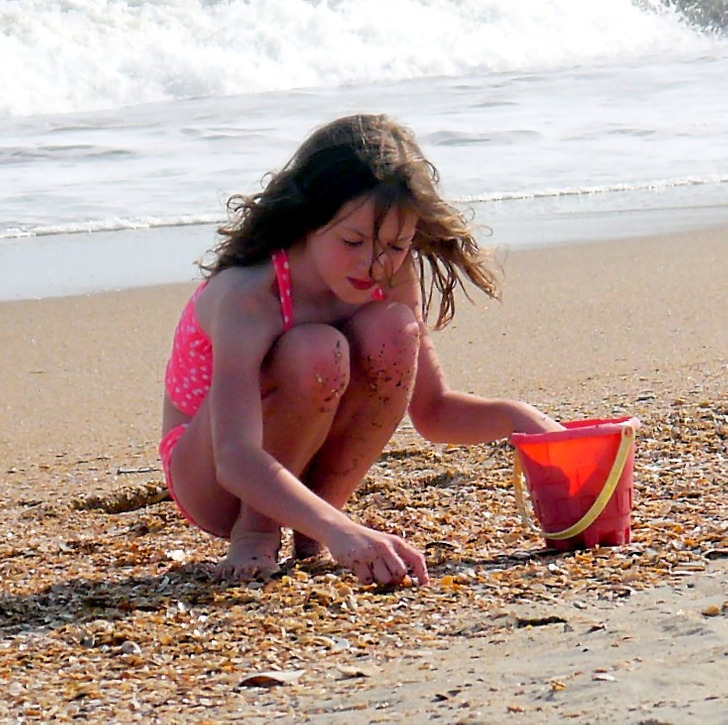never in my life the weather apps actually said something correct haha
10 Important Things to Remember Before Heading to the Beach
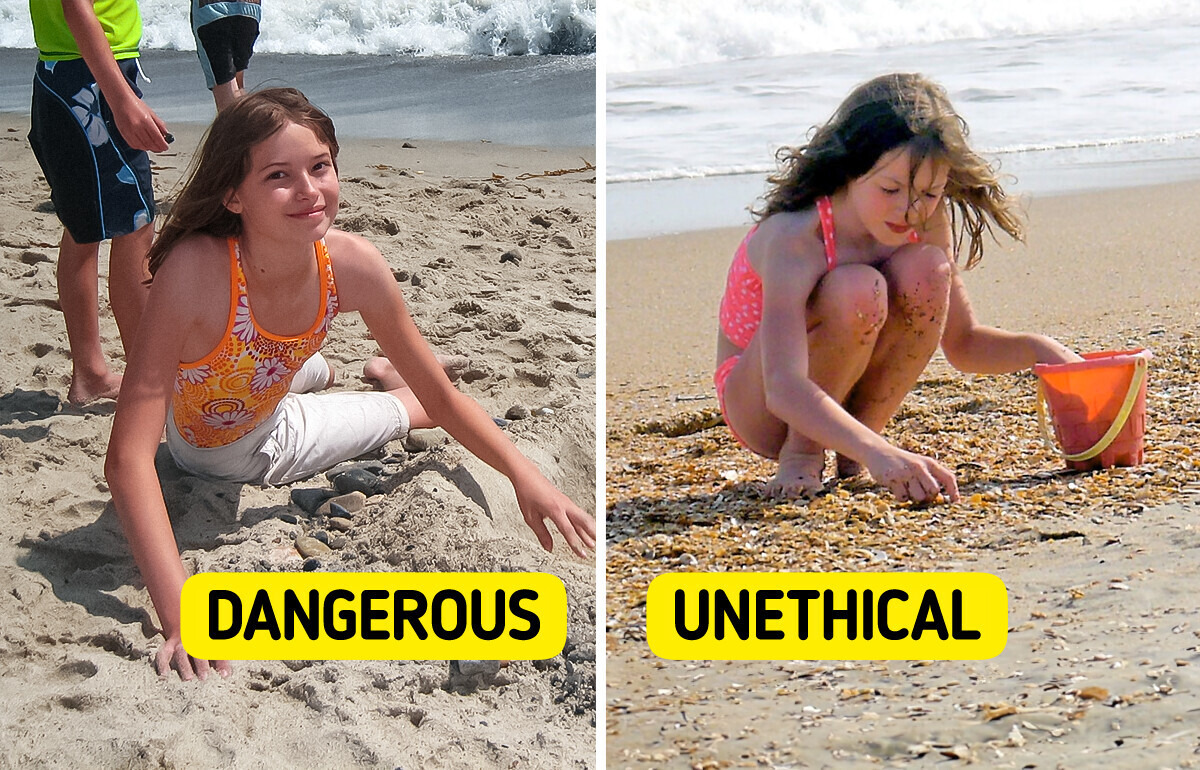
The material has been prepared by an author who specializes in tourism articles and is based on a comprehensive analysis of current data and recommendations from the world’s leading organizations and scientific publications in the field of safety, health, and beach etiquette. All information provided is for guidance only and is not intended to replace professional medical, lifeguard, or other specialist advice. Please consult relevant experts before applying any recommendations, especially those relating to health and safety.
Don’t dig deep holes.
The authors of the scientific publication ScienceAlert found out that it is not safe to dig deep holes in the sand. Its walls can collapse directly on the person inside.
The fact is that on most beaches, sand is quite heavy. When wet, it can be held upright. But as soon as it dries, it risks collapsing.
It’s also important to remember that getting out of the sand is extremely difficult. Under the weight of other people, the sand will continue to collapse, further filling the hole. Therefore, the authors of this publication recommend not digging a hole deeper than knee height.
Check the weather forecast before going to the beach.
Experts from “Online Safety Trainer” emphasize that this is not just a recommendation, but a vital necessity for your safety. However, simply checking the forecast is not enough. Pay particular attention to storm warnings, tide and strong currents notices. Also, check the UV index to adequately protect yourself from the harmful effects of the sun.
Don’t go to the beach alone.
As practice shows, even experienced swimmers can find themselves in a difficult situation. Therefore, if you are going to swim, you should take a friend or relative with you. “Online safety trainer” experts say that a partner will provide support and help in an emergency situation. This is especially important for those who are not good swimmers.
Ideally, it is a good idea to take a third person with you. They will be able to keep an eye on your things and children when you are swimming.
Apply sunscreen properly.
Our authors have checked out some of the best tips on how to use sunscreen correctly and shared which ones really work. So, you should apply the sunscreen 15-30 minutes before swimming. The product won’t have enough time to dry if you immediately get into the sea. Water simply washes it away.
It is also important to abundantly lubricate the body with sunscreen (use about 30 grams). Don’t forget the parts of the body that people often miss: ears, feet, and the back of the neck. And renew the product about every 2 hours or immediately after swimming.
Other factors are also worth considering. For example, cold water causes pores to close and prevents the product from penetrating. The product takes longer to be absorbed by those with oily skin. Active leisure time also has an impact: during games, the sunscreen wears off faster and needs to be renewed.
Wear a brightly colored swimsuit.
Various emergencies can occur in the water. In order to spot a person who needs help in time, they must be clearly visible.
According to Myrtue Medical Centre experts, an incorrectly selected swimsuit can complicate the situation. Thus, you should not choose a swimsuit of white, blue, black, or gray shades. It will merge with the water. Instead, wear the brightest possible swimsuit to the beach, preferably in neon colors.
Avoid jewelry and brightly colored nail polish in areas inhabited by sharks.
After studying research at the Florida Museum of Natural History, the Islands correspondents found that shiny jewelry attracts sharks. When light reflects off metal, it confuses predators into thinking it is the glare from fish scales. Therefore, it’s better not to wear jewelry or any other metal items to the beach.
By the way, sharks can also react to bright nail polish. So, it’s best to choose manicure and pedicure of nude colors.
Respect the personal space of other people on the beach.
We observed the beach environment and noticed that many people forget the importance of privacy. Etiquette experts say that there should be at least 15 feet from one person on the beach to another. This way people won’t disturb each other’s rest. It’s easy to check the distance. If you reach out and can touch the sunbed or the things of another person, it is worth moving away.
While on the beach, it is also better to avoid loud sounds, because they may disturb other people. So, it is better to listen to music in headphones. It is also worth avoiding phone conversations or find a secluded place to have them. It is also advised to give up video calls altogether.
Carry a first aid kit.
The “Online safety trainer” experts remind that unexpected situations can happen on the beach.
It is a good idea to have a first aid kit with you before the paramedics arrive. Make sure you have everything you need in it. In our experience, there should definitely be bandages, antiseptic cream, painkillers. And make sure you have personal medication, if you use any.
Stay hydrated.
On hot days, the body is at risk of suffering from dehydration. At the beach, this risk increases. For example, the sun increases sweating and swimming makes the body use more energy to keep warm or cool — depending on the temperature of the water.
To avoid this, “Online safety trainer” experts recommend taking plenty of water with you and drinking throughout the day, even if you don’t feel thirsty. We in the editorial team have also noticed that snacks with a high water content, such as fruit or vegetables, are great at restoring water balance.
Don’t pick seashells.
According to the authors of Smithsonian magazine, this seemingly harmless entertainment can actually harm nature. That’s why it’s unethical.
Shells are an important part of the aquatic ecosystem. For example, they provide nutrients for organisms living in the sand, shelter for hermit crabs and small fish. They’re also used by shorebirds for their nests.
According to a study published in the scientific journal PLoS One, as the number of tourists on the beach increases, the number of shells decreases. This disrupts the ecosystem, deteriorates beaches and reduces the diversity of animals and plants.
Do you like to travel? Here are travel life hacks that can make your every journey smooth and enjoyable.
Comments
Related Reads
16 Taxi Drivers Who Had the Craziest Moments While on the Road

I Refuse to Let My Daughter, 12, Share a Room With Her Stepbrother, 14

13 Workplace Dramas That Outdo Any Soap Opera

12 Moments That Are Too Funny to Miss

I Don’t Want to See My MIL in Our House Ever Again

A Girl Born Without Nose, Who Was Called “Voldemort”, Proved Everyone Is Beautiful in Their Own Way

16 Stories About Family Members Who Had a Few Skeletons in the Closet

12 Moments When Stepparents Became Their Family’s Silent Heroes

12 Stepchildren Who Finally Let Their Stepparents In

14 People Who Walked Straight Into Awkward Moments

I Refuse to Keep Supporting My Daughter and Her 5 Kids for Free

10 Honest Stories That Capture the Struggles and Pain of Blended Families

